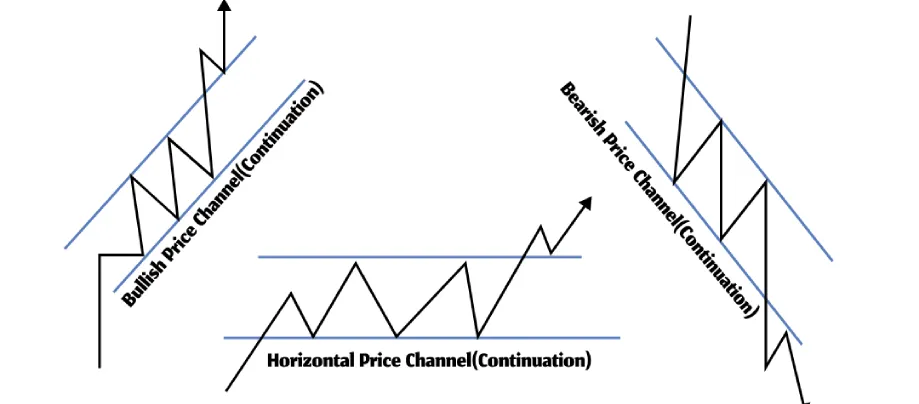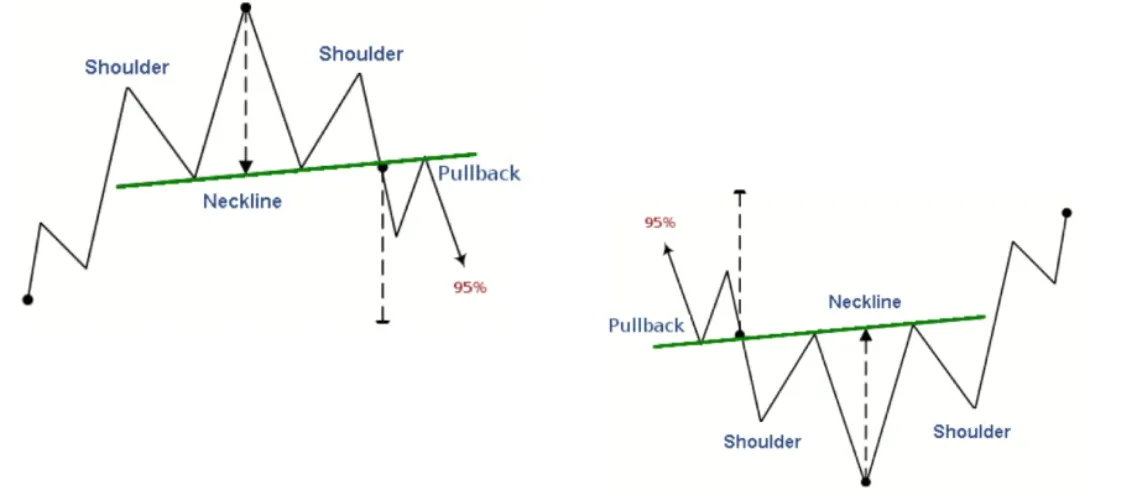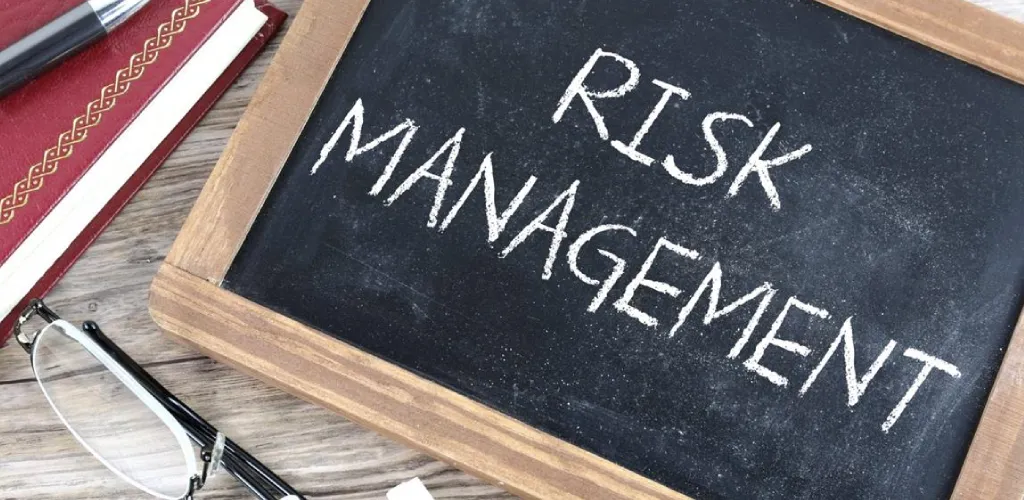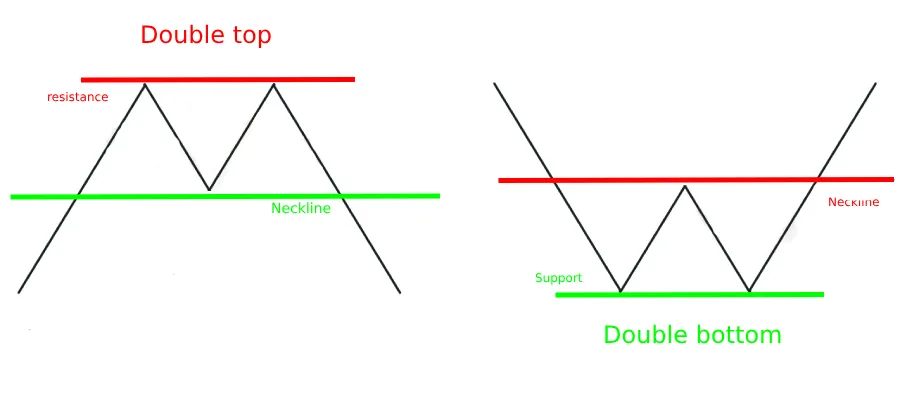What is a Trading Channel? Bullish, Bearish & Horizontal Explained

Learn how to identify & trade bullish, bearish, and horizontal channels like a pro. Includes examples, strategies, and common mistakes to avoid.
📊 Trading channels are powerful tools in technical analysis that help traders identify trends, spot reversals, and make smarter decisions. Whether you trade stocks, forex, or crypto, understanding channels can improve your strategy.
In this guide, we’ll break down:
✅ What a trading channel is
✅ 3 types of channels (bullish, bearish, horizontal)
✅ How to draw & trade them effectively
✅ Common mistakes to avoid
📈 What is a Trading Channel?
A trading channel (or price channel) is formed by two parallel trendlines that contain price movements. These lines act as dynamic support (lower line) and resistance (upper line), helping traders predict where the price might go next.
Why Are Channels Important?
✔ Identify Trends – Shows if the market is moving up, down, or sideways.
✔ Find Entry & Exit Points – Buy near support, sell near resistance.
✔ Manage Risk – Set stop-losses outside the channel.
🔍 3 Types of Trading Channels
1️⃣ Bullish Channel (Uptrend) 🚀
- Price makes higher highs (HH) & higher lows (HL).
- Upper trendline = resistance, lower trendline = support.
- Trading Strategy: Buy near the lower trendline, take profits near the upper line.
2️⃣ Bearish Channel (Downtrend) 🐻
- Price makes lower highs (LH) & lower lows (LL).
- Upper trendline = resistance, lower trendline = support.
- Trading Strategy: Sell/short near the upper trendline, exit near the lower line.
3️⃣ Horizontal Channel (Sideways/Range) ↔️
- Price moves between parallel support & resistance.
- No clear trend – buyers and sellers are in balance.
- Trading Strategy: Buy at support, sell at resistance until a breakout occurs.
📐 How to Draw a Trading Channel Correctly
Step 1: Identify the Trend
- Bullish? Connect higher lows (support) and higher highs (resistance).
- Bearish? Connect lower highs (resistance) and lower lows (support).
- Sideways? Connect equal highs & lows.
Step 2: Adjust for Best Fit
- The more touches, the stronger the channel.
- Avoid forcing lines—if price keeps breaking out, the channel may be invalid.
Step 3: Confirm with Volume & Indicators
- Volume should decrease near the middle of the channel and increase near support/resistance.
- Use RSI or MACD to spot overbought/oversold conditions.
💡 How to Trade Channels Like a Pro
1. Bounce Trade (Within the Channel)
- Buy near support (bullish/horizontal) or sell near resistance (bearish).
- Stop-loss: Just outside the channel.
2. Breakout Trade (Channel Failure)
- A break above resistance (bullish) or below support (bearish) signals a trend change.
- Wait for confirmation (e.g., strong candle close + high volume).
3. False Breakout Trap
- Price may fake a breakout before reversing.
- Solution: Wait for a retest before entering.
⚠️ Common Mistakes to Avoid
❌ Ignoring Time Frames – A channel on a 5-minute chart may not hold on a daily chart.
❌ Overcomplicating – Not every price move fits a channel.
❌ Trading Against the Trend – Don’t fight a strong bearish/bullish channel.
🔚 Key Takeaways
✔ Channels help visualize trends & reversals.
✔ 3 types: Bullish (up), Bearish (down), Horizontal (sideways).
✔ Trade bounces inside the channel or breakouts outside.
✔ Always use stop-losses & confirm with volume/indicators.
As you may have noticed, channels share many rules and similarities with trendlines (from our previous post “Trend Lines – How to Identify Market Direction Like a Pro“). In fact, most chart patterns follow similar principles when it comes to taking action—whether it’s buying at support, selling at resistance, or trading breakouts.
However, they also have key differences, starting with their shapes. That’s why it’s crucial to visually recognize each pattern and understand how they behave. The more familiar you are with them, the better your trading decisions will be!
Recommended Reading
Guide to Volume Price Analysis by Anna Coulling
Technical Analysis of the Financial Markets by John J. Murphy






